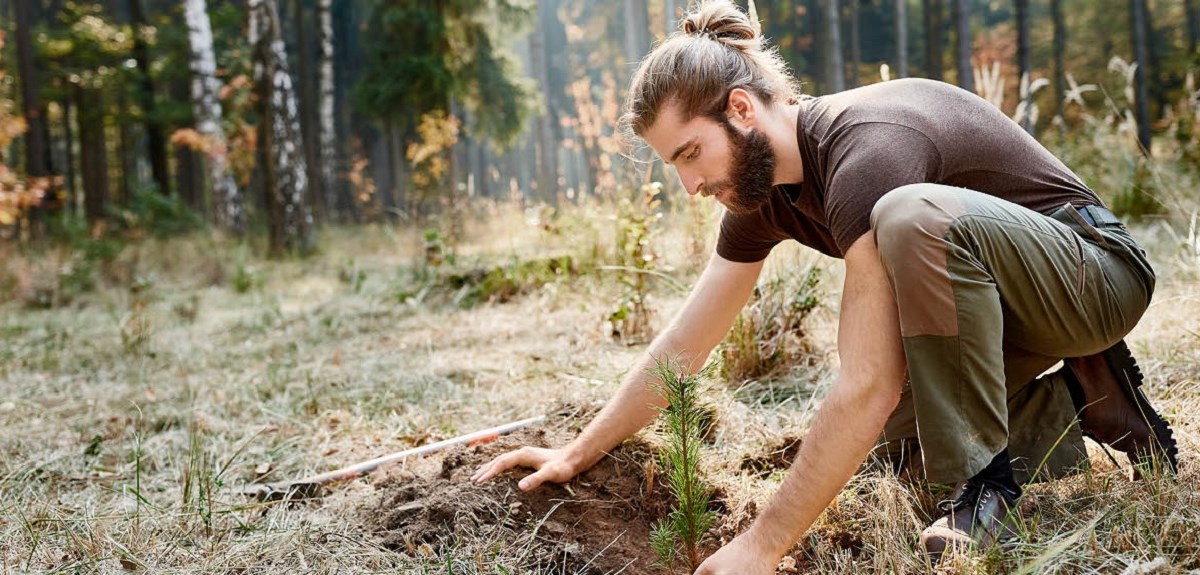Circular materials and flows
Kitchens that last longer
We want our kitchens to last a long time. That's why we only manufacture high-quality kitchens with a long warranty period. At the same time, our experience is that tastes and preferences change, which is why we want to enable our customers to upgrade and renew their kitchens without having to replace the entire kitchen. In collaboration with universities, we develop and test new solutions that will last for the circular economy of the future in terms of both material choice and use over time.
Through various market concepts, we offer our customers the opportunity to reuse and recycle their kitchens. In the Nordic markets, we have various offerings through RE, such as RE:New, where the customer is offered solutions to update and give their existing kitchen new life through, among other things, new frontals and handles. Through RE:Use on our Swedish market, the customer can sell their old kitchen for reuse. In the UK, we continue to introduce the Rehome initiative. Here, the customer is offered a free valuation of their old kitchen and the opportunity to resell it to the second-hand market through our collaboration with the British company Rehome. Alternatively, if the kitchen is too worn out for resale, the customer is offered collection and recycling of the old kitchen.
Wood from sustainable forestry
Wood is the main component of our products. Wood is renewable, recyclable and durable. Being a sustainable choice requires that it comes from responsible forestry. All our wood comes from sustainable sources of which the majority origin from certified source.
Circular production
Most of the wood we use is panel material, with about half of which consists of recycled wood in the form of residual products and recycled material. This way, waste wood from sawmills and forestry as well as from end-of-life furniture and wood products can be upgraded into new materials. We work to reduce waste and increase circular material flows also within our own production. We address various parts of the production process with our dedicated efficiency program at the same time as we work on cultural changes to retain the processes that have already led to reduced waste. Today, about half of the wood waste generated in production goes to new products through reuse and recycling, and the remainder goes to energy recovery.
Cleaner material flows
We strive towards cleaner flows of materials by reducing our use of classified chemicals. As part of these efforts we work systematically and preventively according to the EU REACH regulations on chemical substances. Emissions of formaldehyde occur naturally in wood, at low levels, but are also linked to binding agents, for example, in wood-based boards. Nobia uses only board materials that are well within the limits according to industry standards (E1), and today we offer products with lower amounts of formaldehyde (half E1) in several markets.
Solvents are mainly used in surface treatment and for cleaning paint finishes. An aspect of the work to reduce the use of solvents is to increase the proportion of water-based and UV-cured paints and to minimise the number of changes of production equipment, which both reduces the number of cleaning steps and increases productivity. New surface treatment equipment for darker colours enables us to meet our customers' higher demand for darker colours, while the kitchens also meet the strict environmental and quality requirements.

